
Thus, the proper place for moai is a ceremonial platform ahu. Such platforms exist on the other Polynesian islands also and serve as a connection between the world of life and another world, if such exists. They also were used as burial places for chiefs and other important persons. Looks like, originally ahu were self-sufficient constructions and only later they were also used as platforms for moai. About 300 ahu are found on the island and only 125 of them carried moai. The building quality of different ahu varies dramatically. Usually, it is tuff lining that backing by everything including parts of moai. Most platforms can hold only one moai, however, there are some of high-occupancy. The biggest platform is Tongariki that carries 15 moai. It is also closest to Rano Raraku.
The view from Rano Raraku to Tangariki platform.
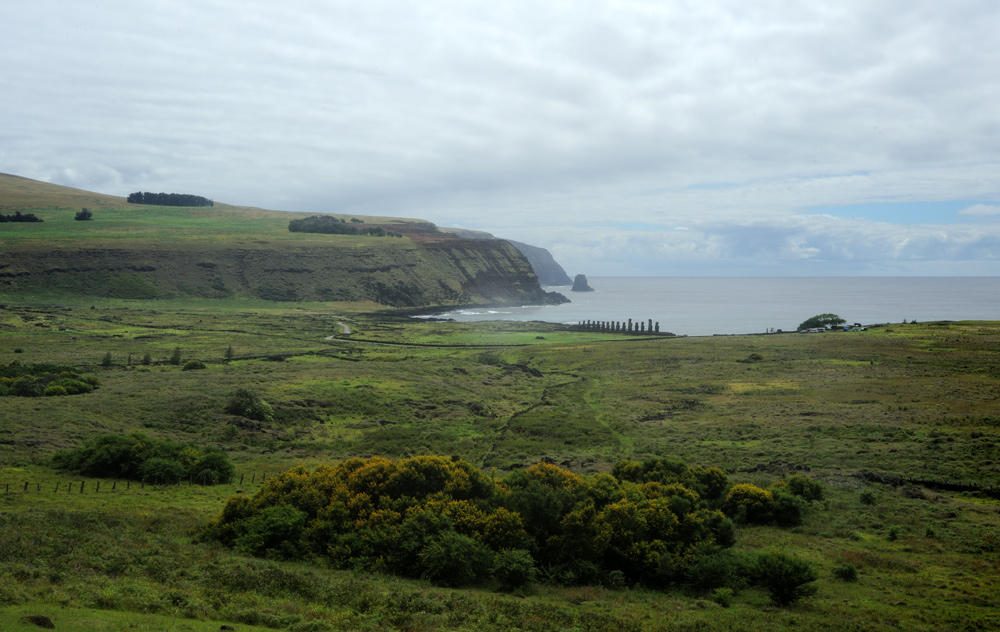

Most ahu locates on the seaside. It is understandable, their places should be near the villages, and most villages were near the ocean.
However, recently ahu and their moai were found directly in the Rano Raraku crater. It was a sculptors village. Just near the working place, that is very convenient. Also, the lake provided a good source of freshwater, and crater had good soil for farming.
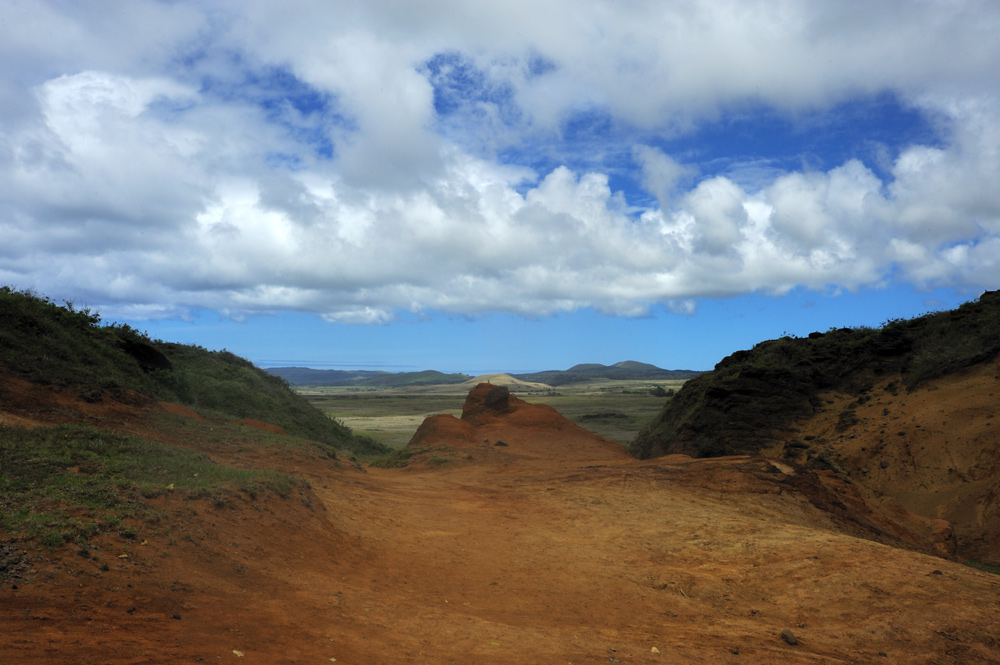
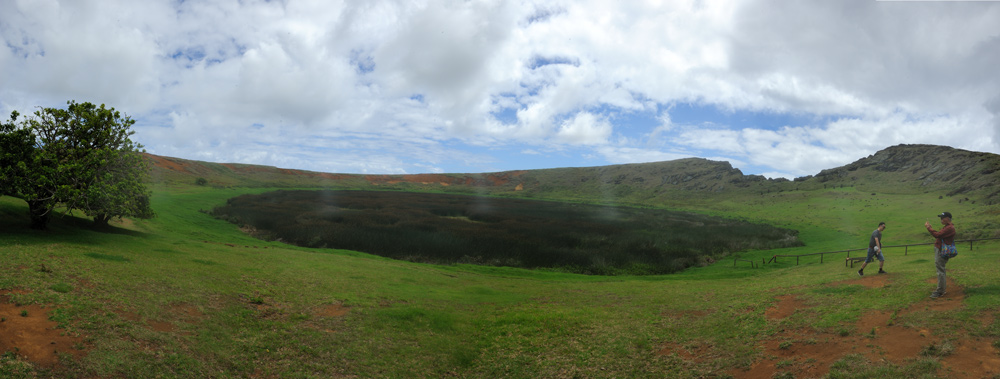
Now some of these moai are returned on their ahu.
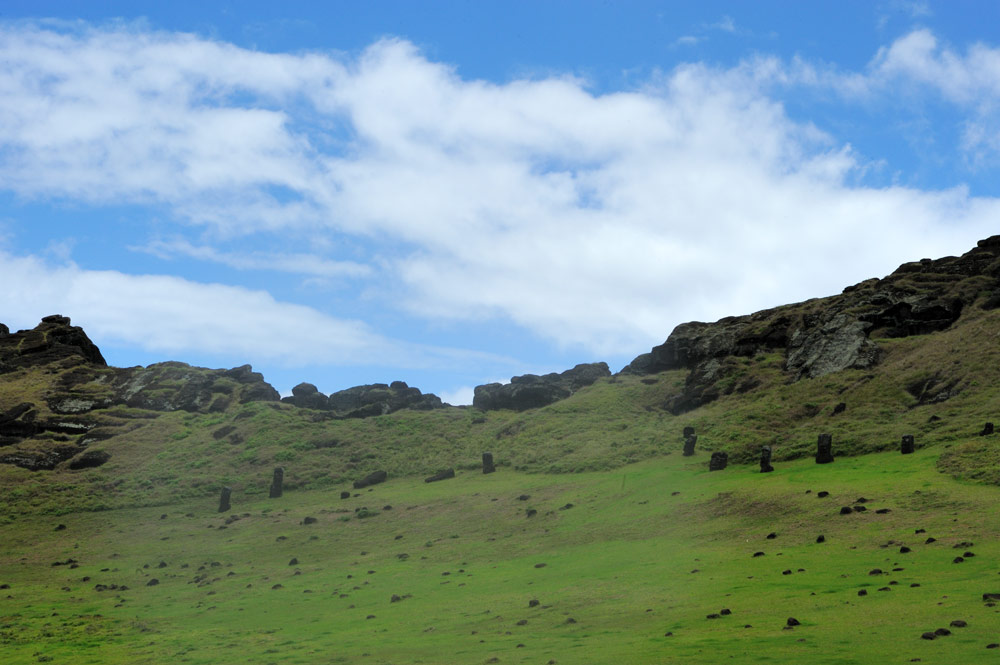
Ahu Vinapu stays aside other platforms. It is the platform that was built in improved Inca style, not in typical Polynesian one “make a pile of garbage and decorate it somehow”. It made from granite blocks that ideally fit each other. Probably this platform was made by Tupac Inca Yupanqui expedition to buried some of the important crew member, who died on the island.
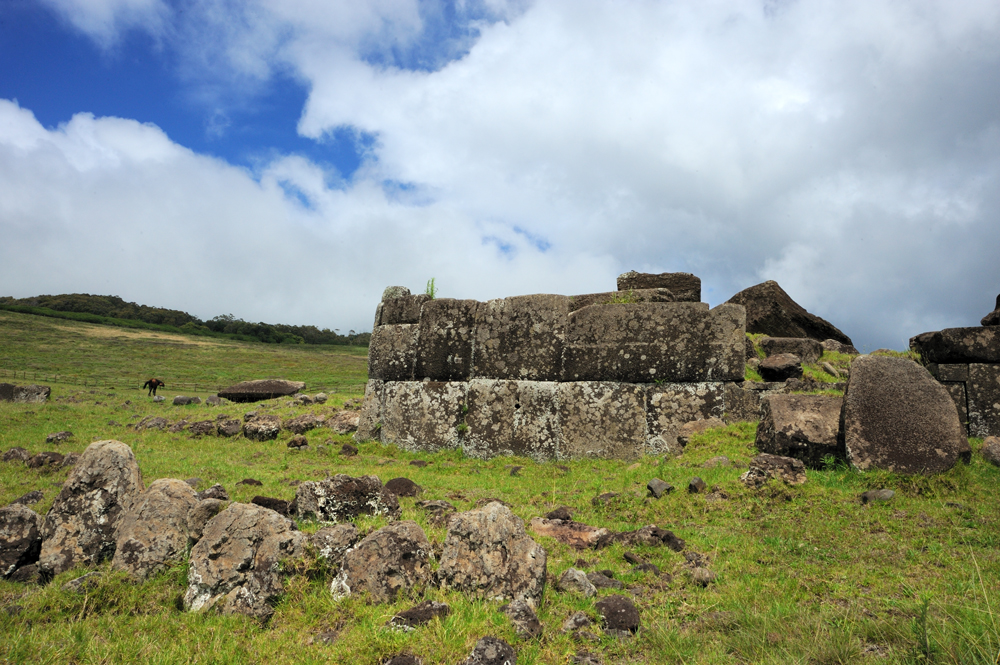
Ahu Vinapu locates on the seaside, as most platforms.

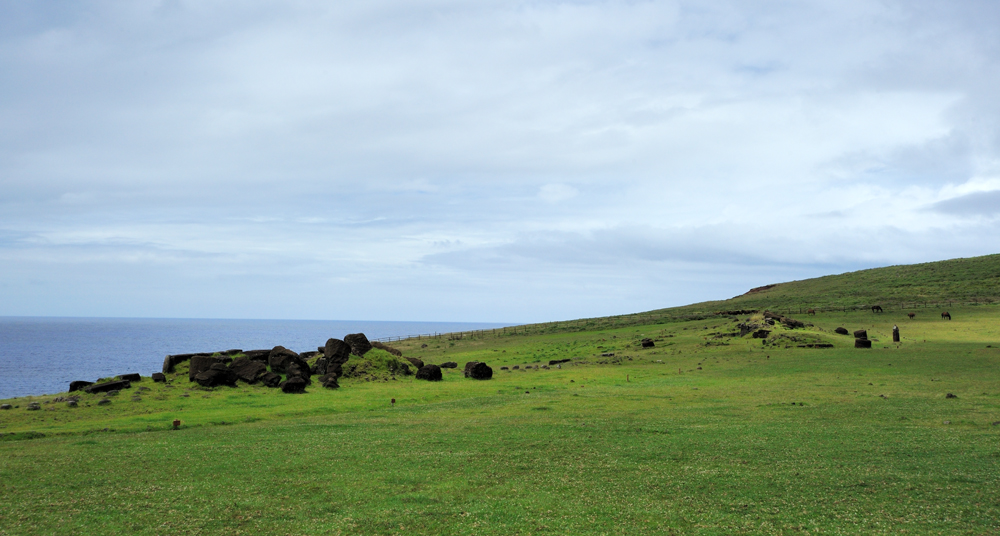

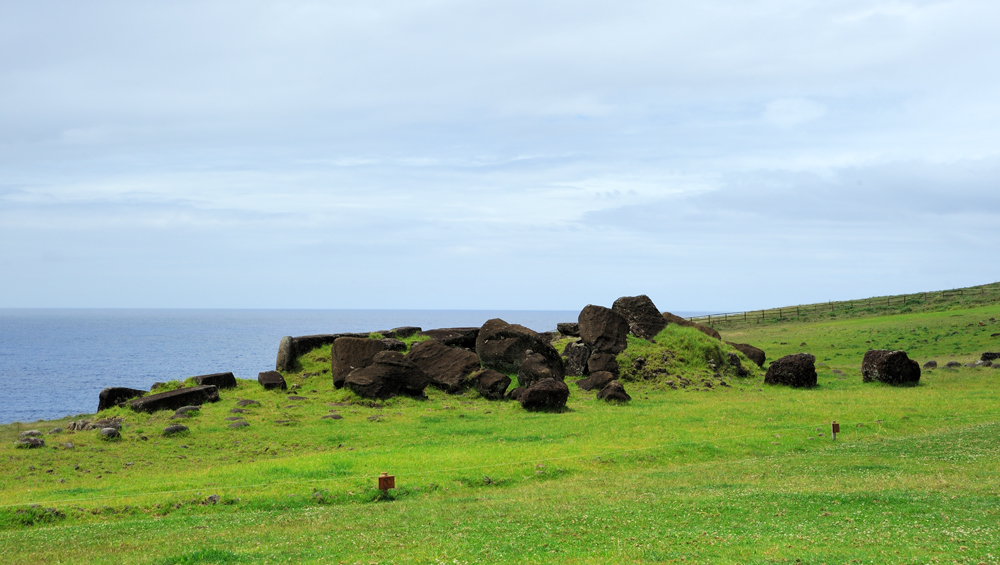
Moai were raised on this platform much late by Polynesian.
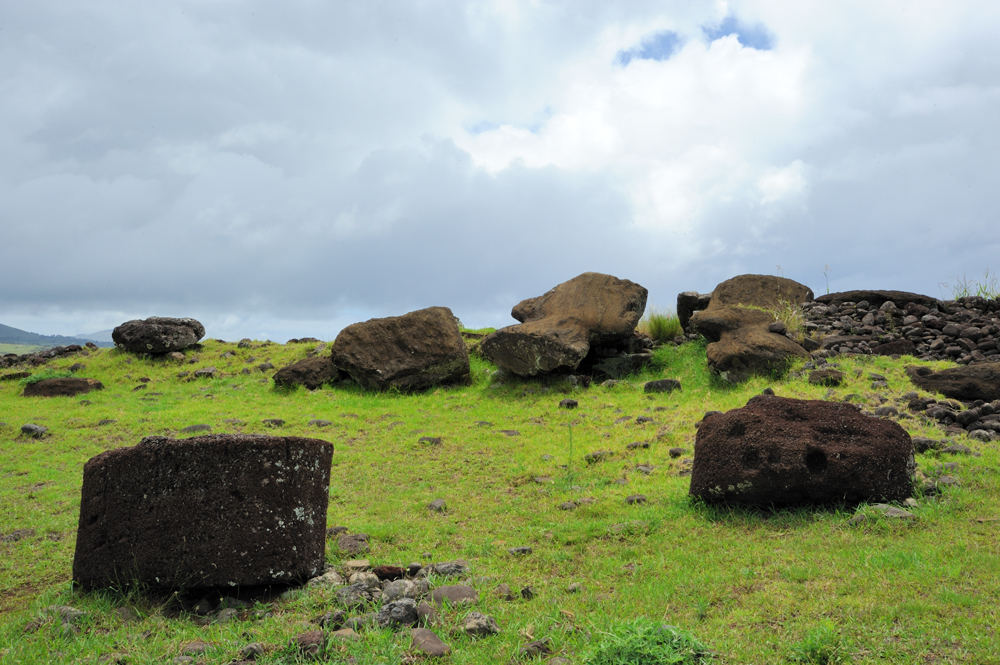
They, like all other on the island, were kicked down (about this part of island history in the next part).
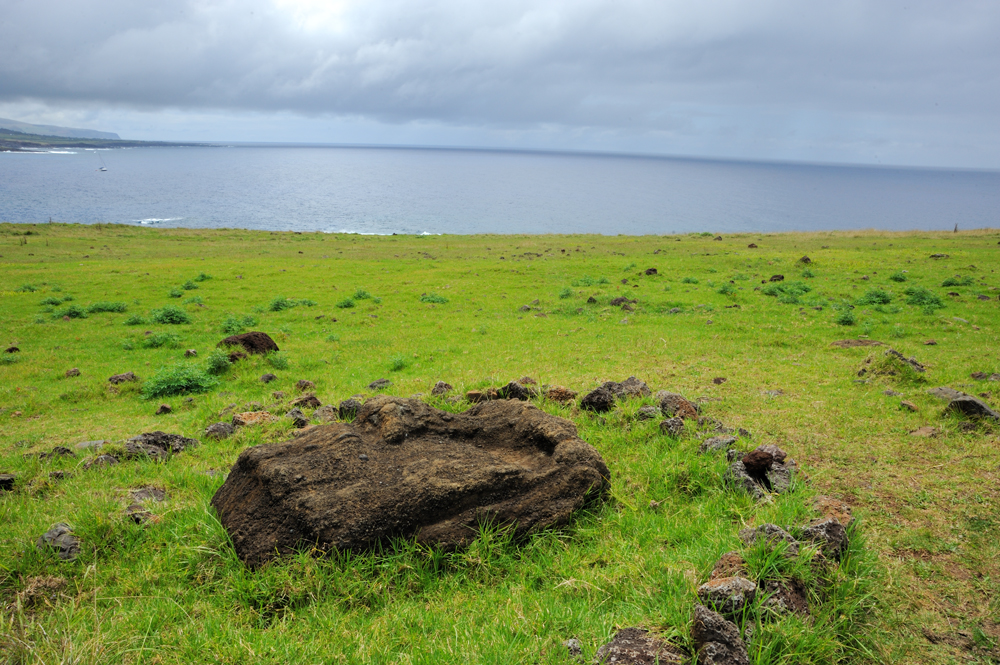
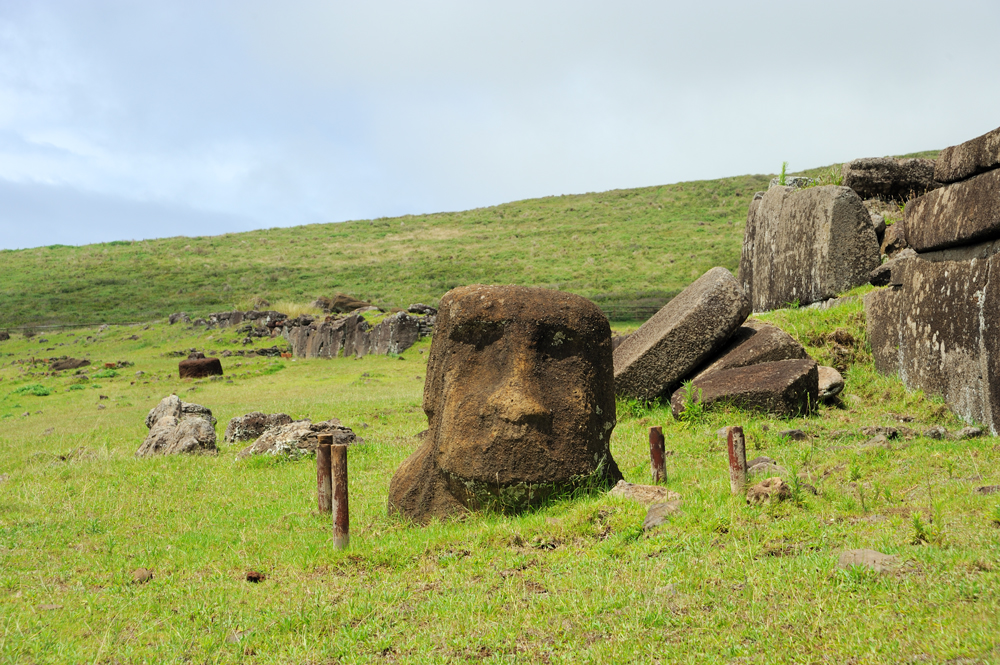
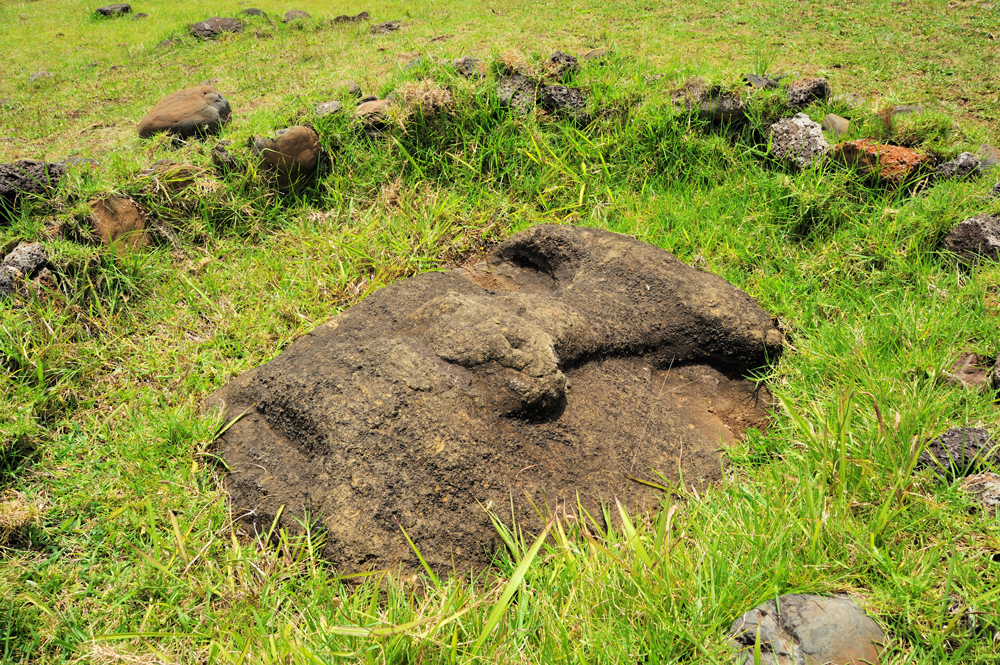
Pukao separated from moai.
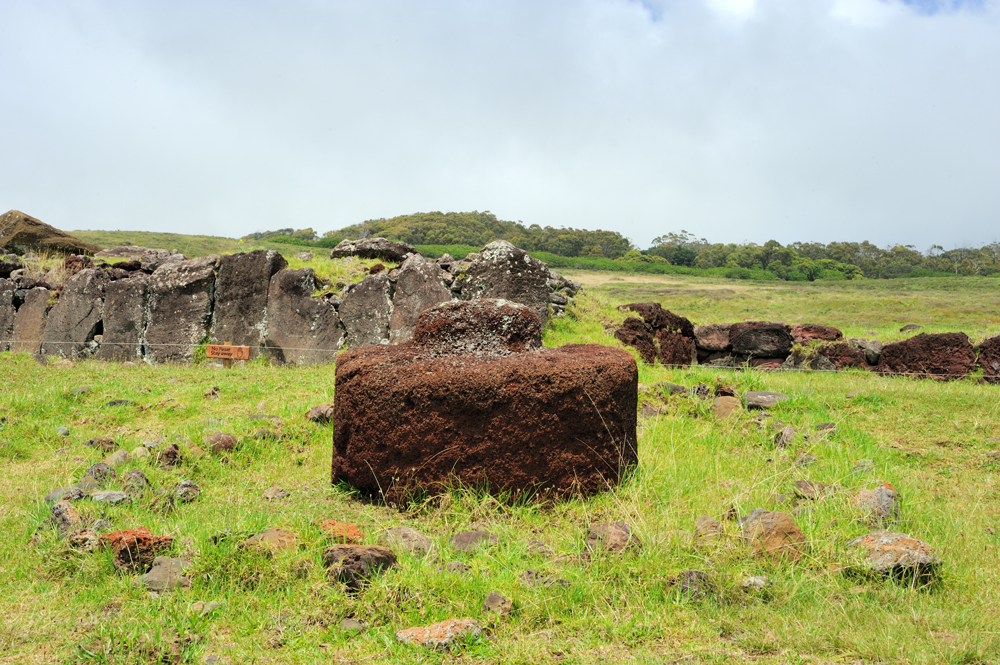
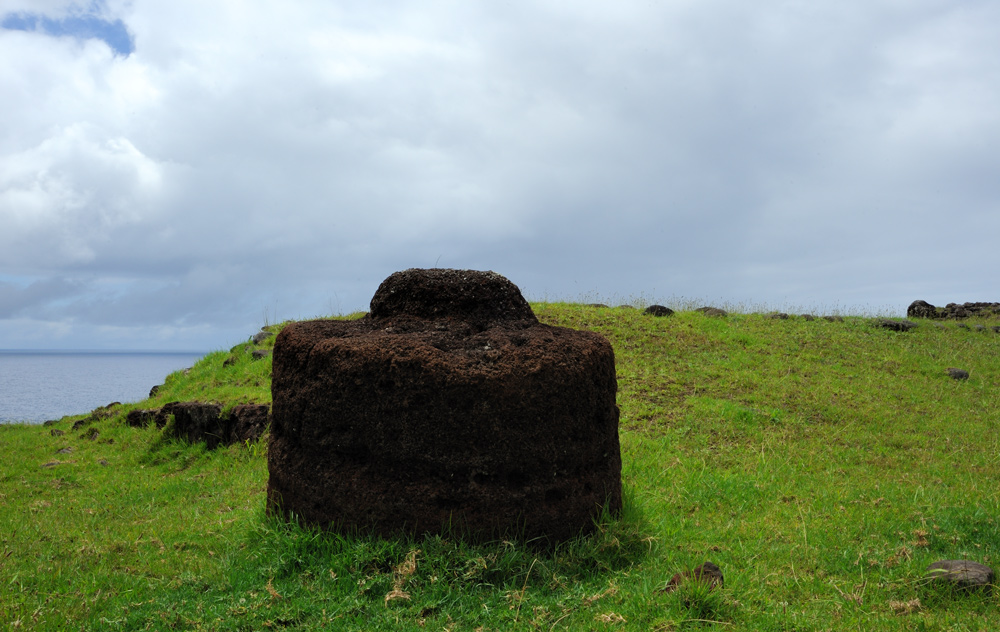
At present time, after Europeans shown interest to the old culture of the island, the historical heritage becomes fodder resources to the islanders. Tourism is the only source of income (plus government donations), and tourists come to see the giant statues (just a small part of them for diving). The whole island is a huge national park. All historical objects bigger than a couple of stones are fenced and there is a ticket controller at the entrance. 80 US dollars (ticket office in the town) and you can visit all the places for ten days. Two biggest one can be visited only once, the rest as often as you wish. The tracking impresses the most. Ticket controllers not only check your ticket but also collect in the special book all information about you -name, age, passport number, nationality, education, occupation, number of children (even if they are not present) and so on. And they do in every place! I cannot figure out what they are doing with all this information, probably nothing.
All controllers have a side business in the working place. One sells water, another keeps hens on the site. The controller of Ahu Vinapu keeps horses on the site. It is prohibited to touch the historical stones (fine – about 10000 backs), but not for horses, they don’t have money anyway.
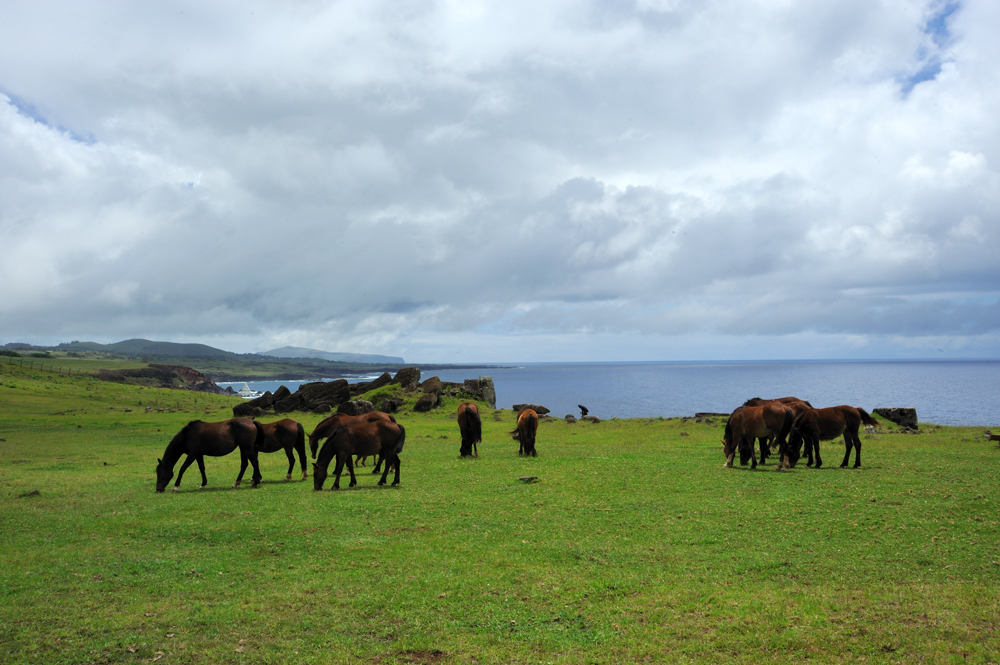
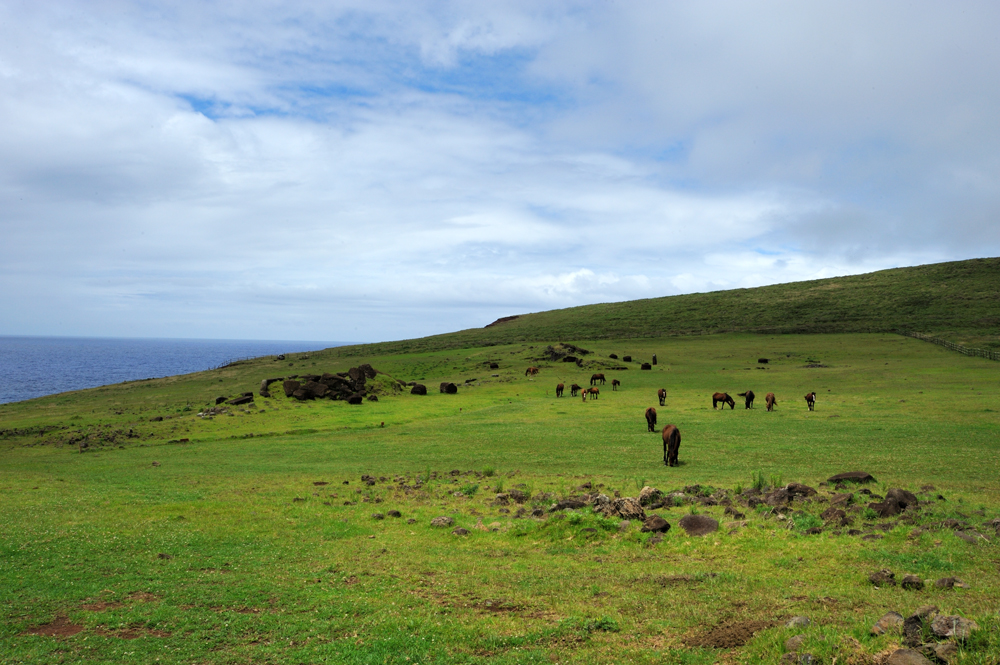

Another site with hight concentration of ahu and moai – Ahu Tahai.
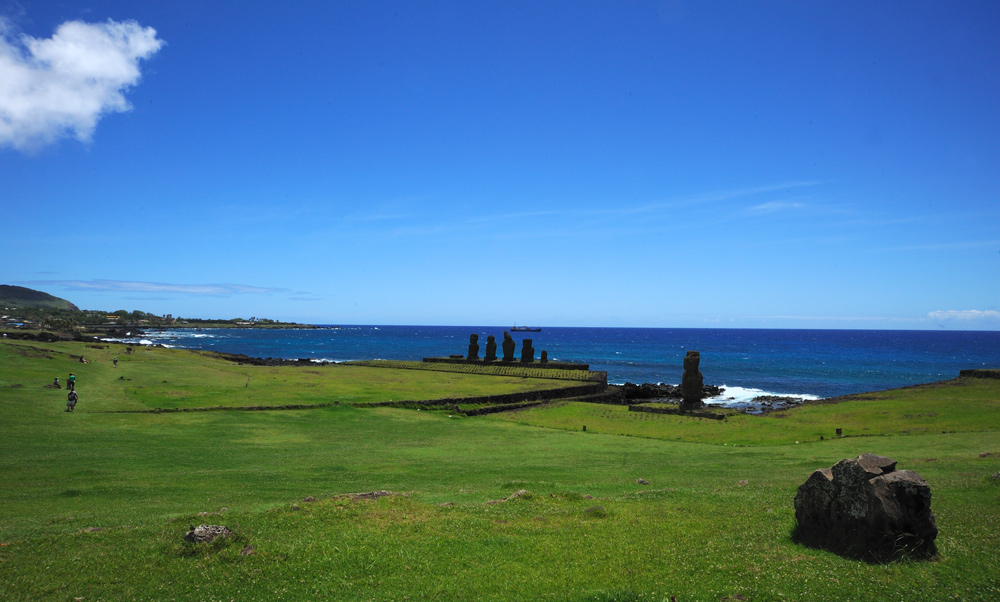

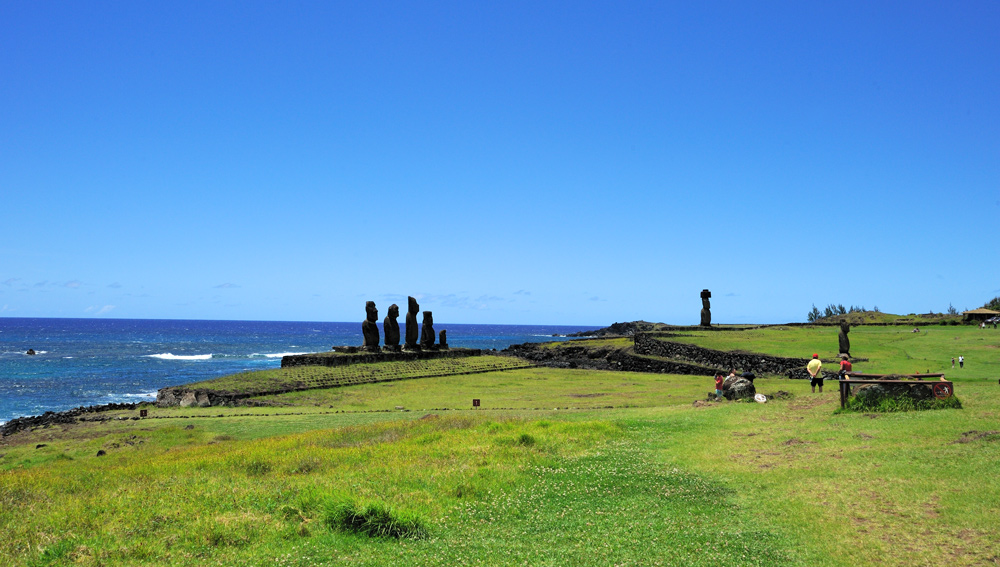
It has the multi-place platform and several single-pace platforms.
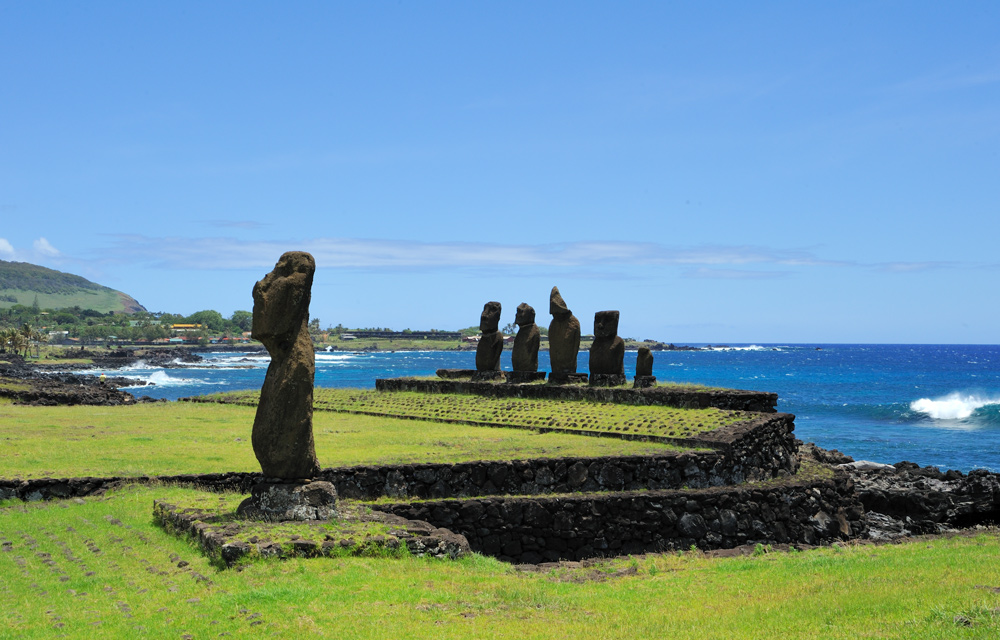

The whole statues were returned to the platforms, the damaged ones lay around.
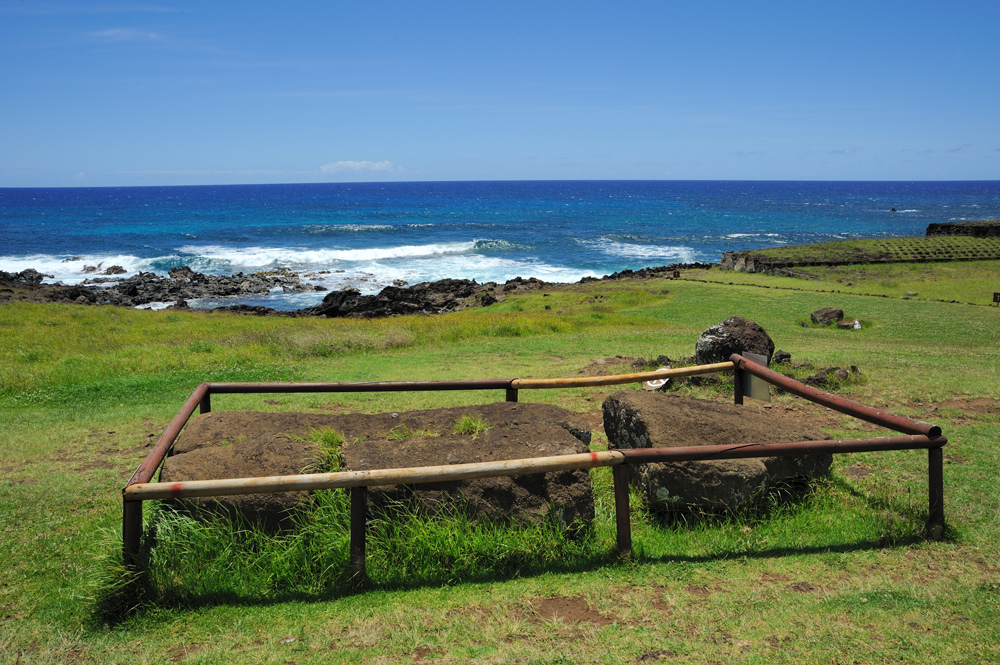
Another big platform on the seaside – Ahu Vaihu.
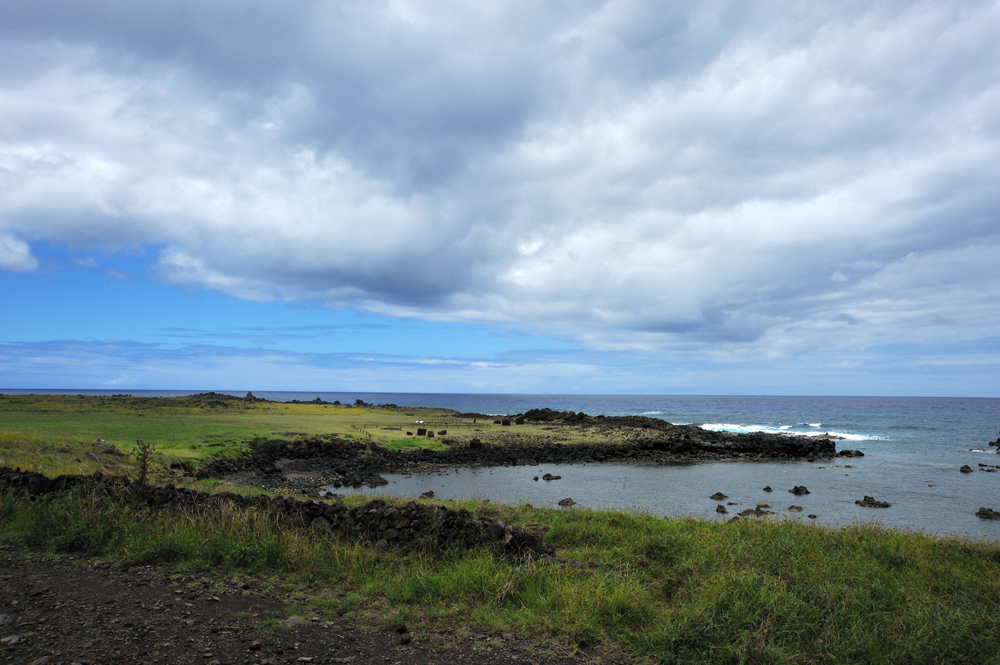
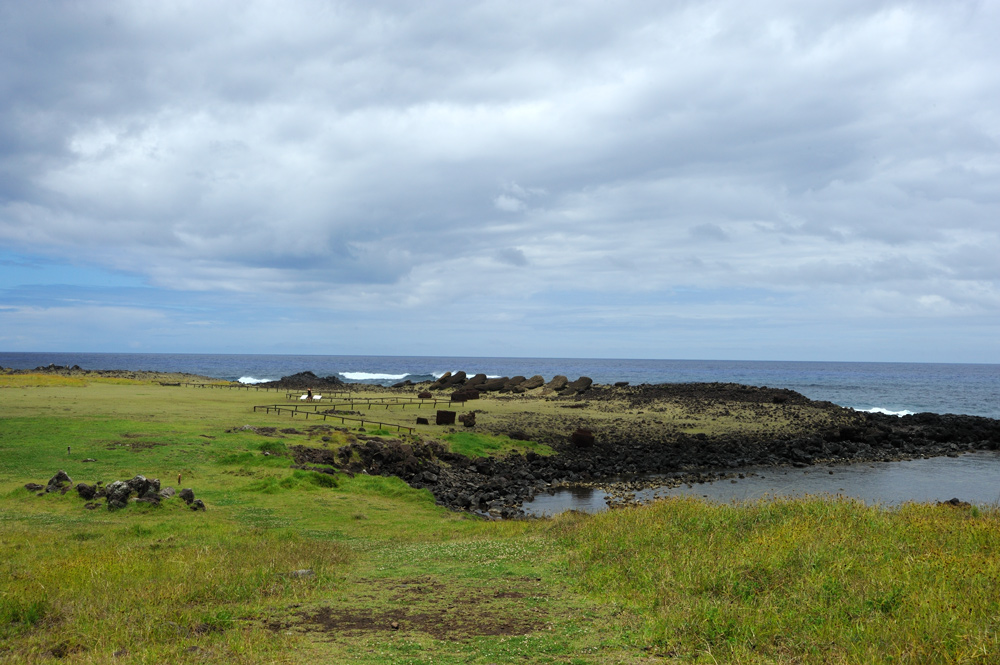
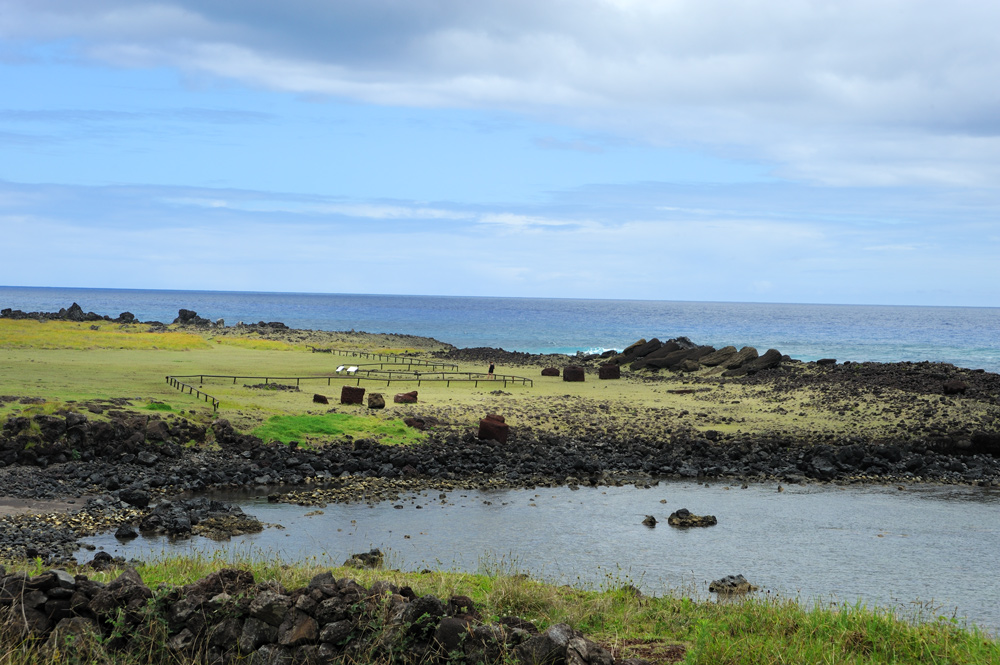
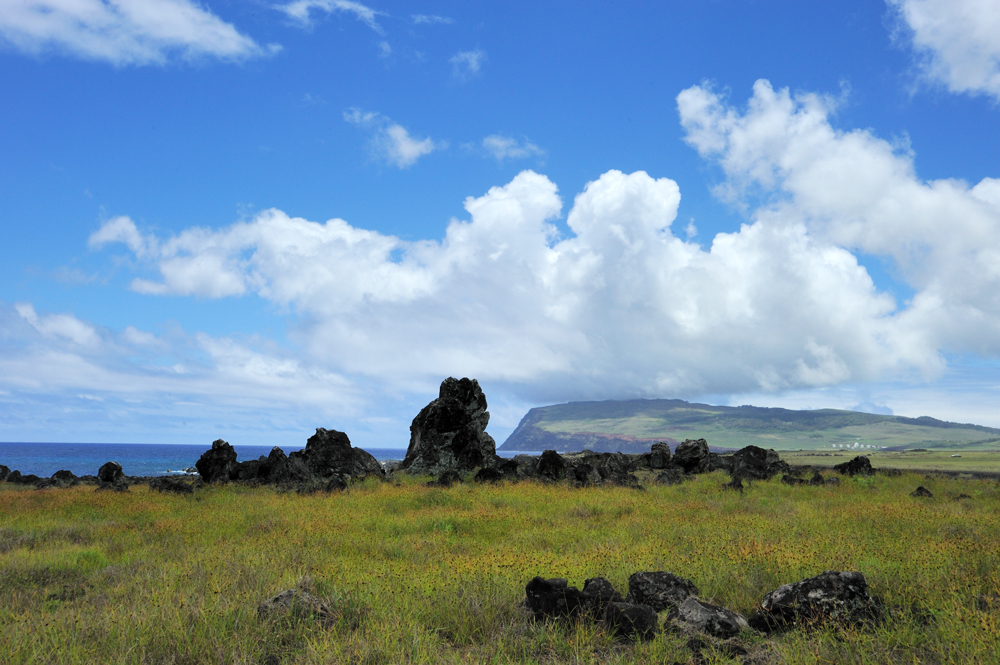
Moai are kicked down on the platform.
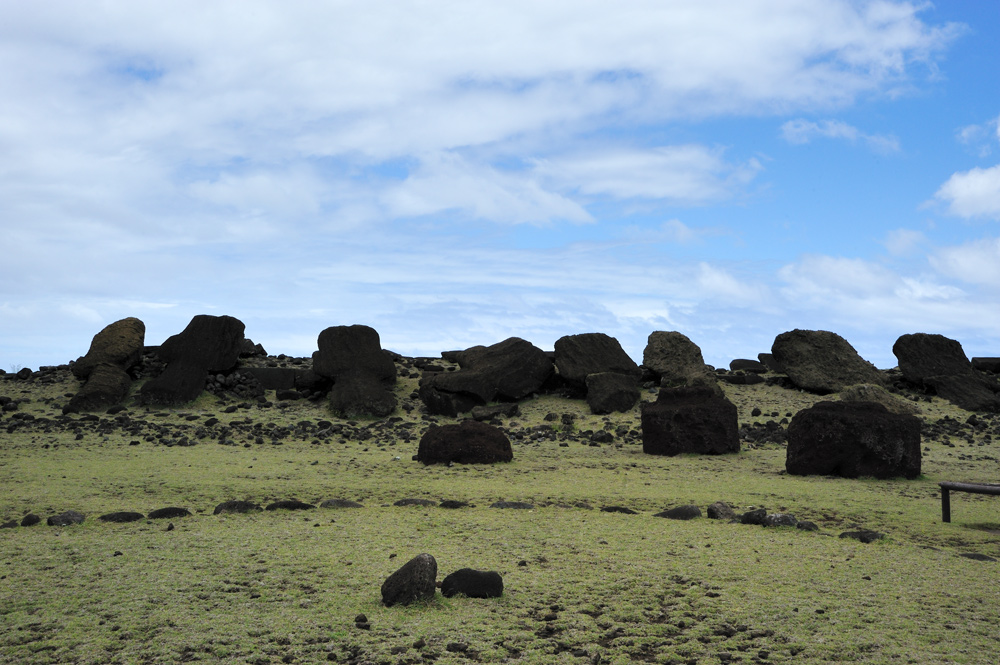
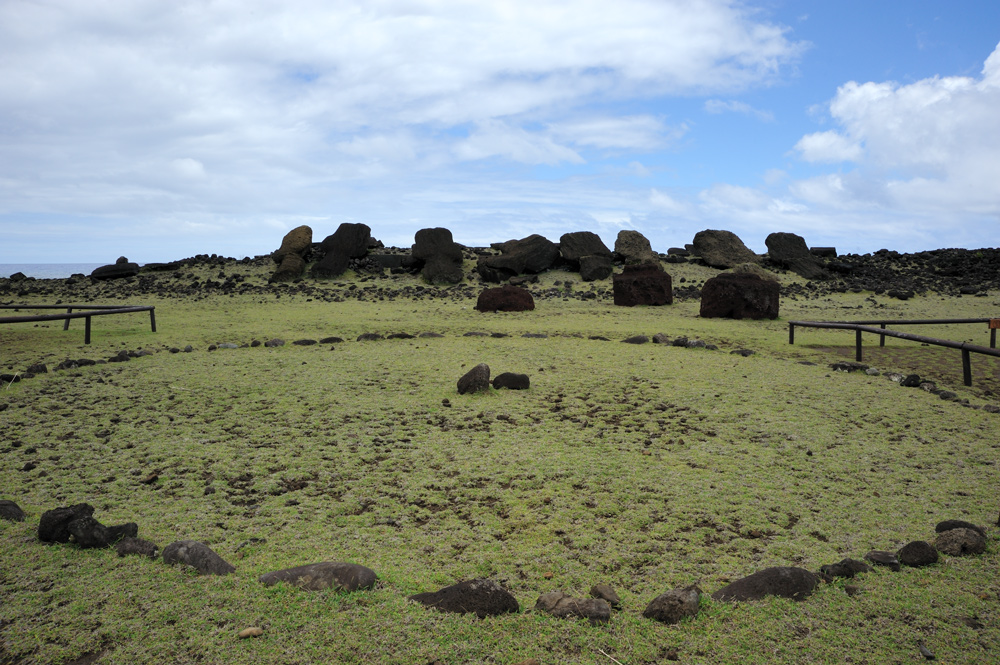
Pukao fell separately.
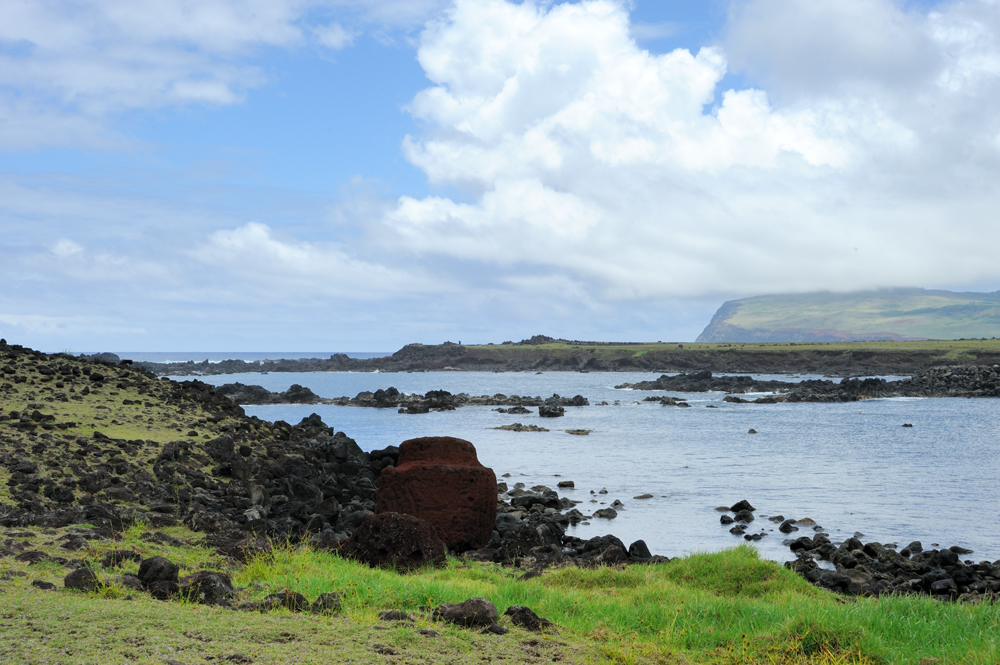
Single moai stays on the platform.

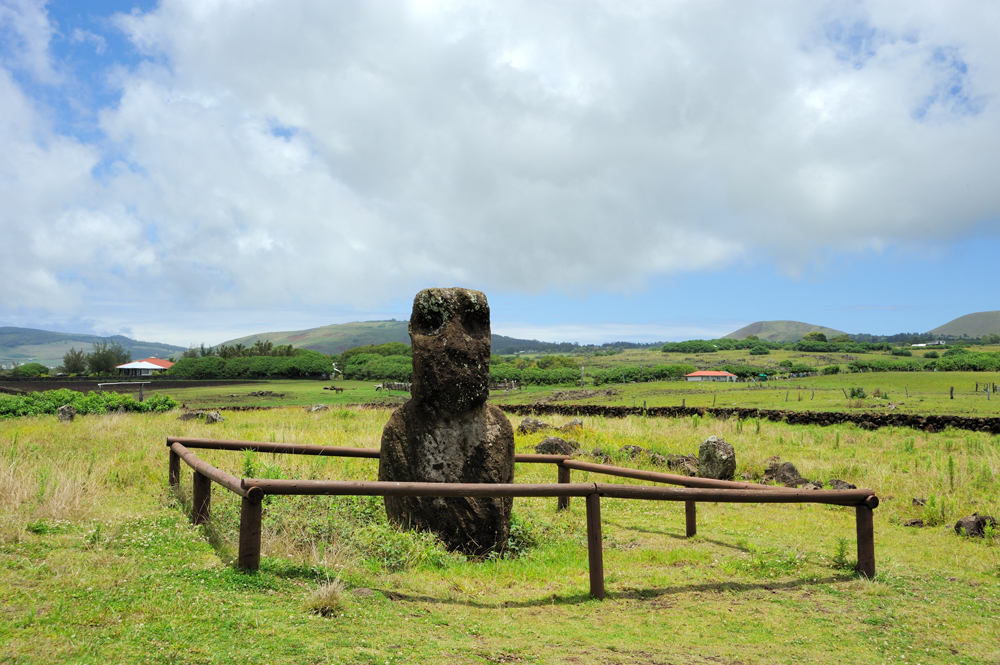
Near the entrance, there is a reconstruction of the huts and the garden.
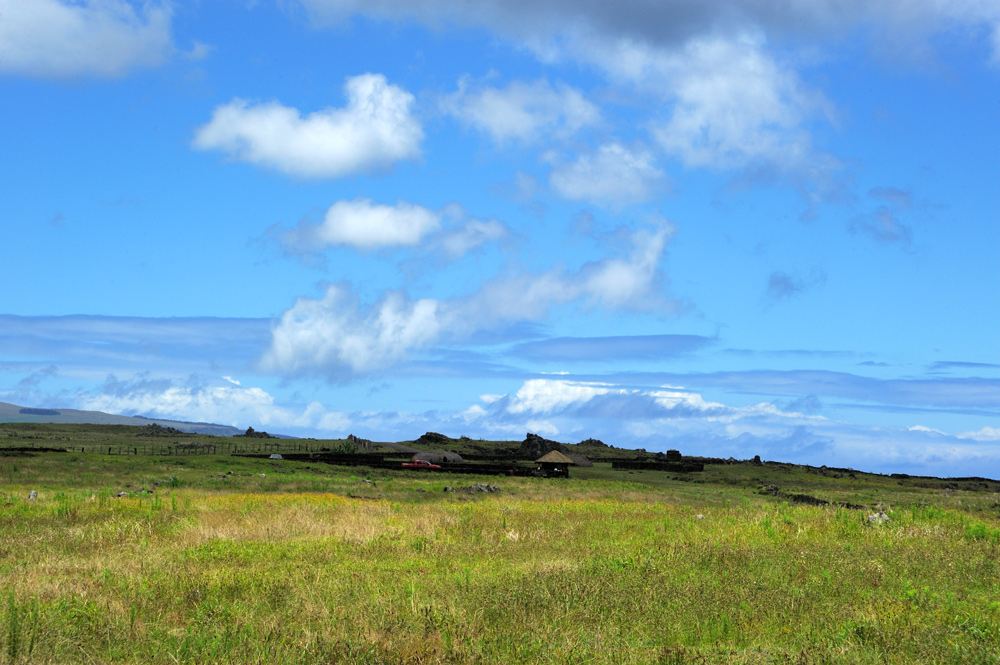
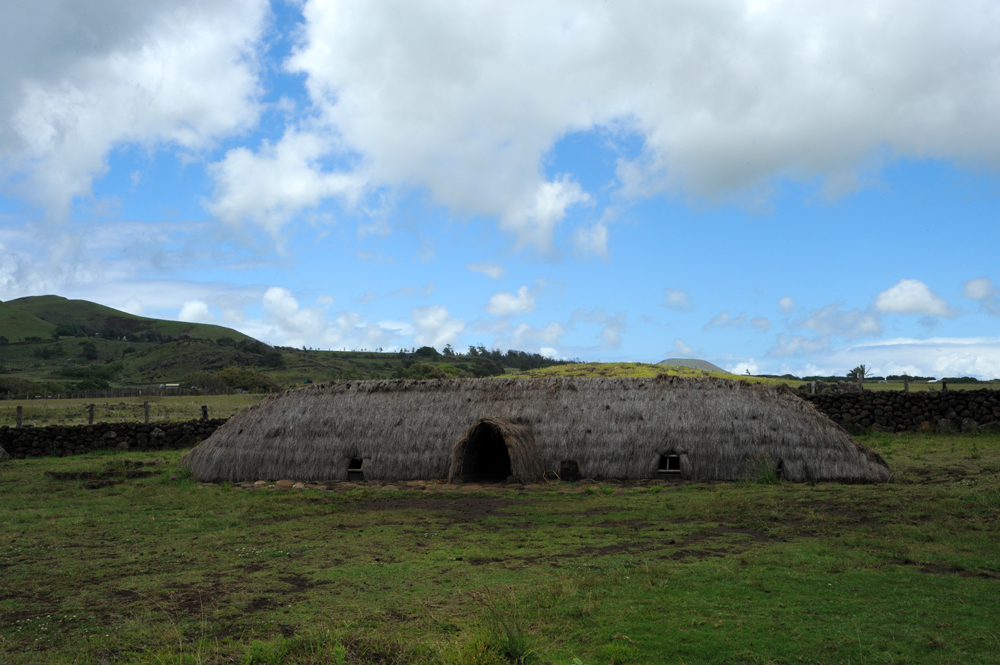
The is a complex Te Pito Kura on the north-east coast.
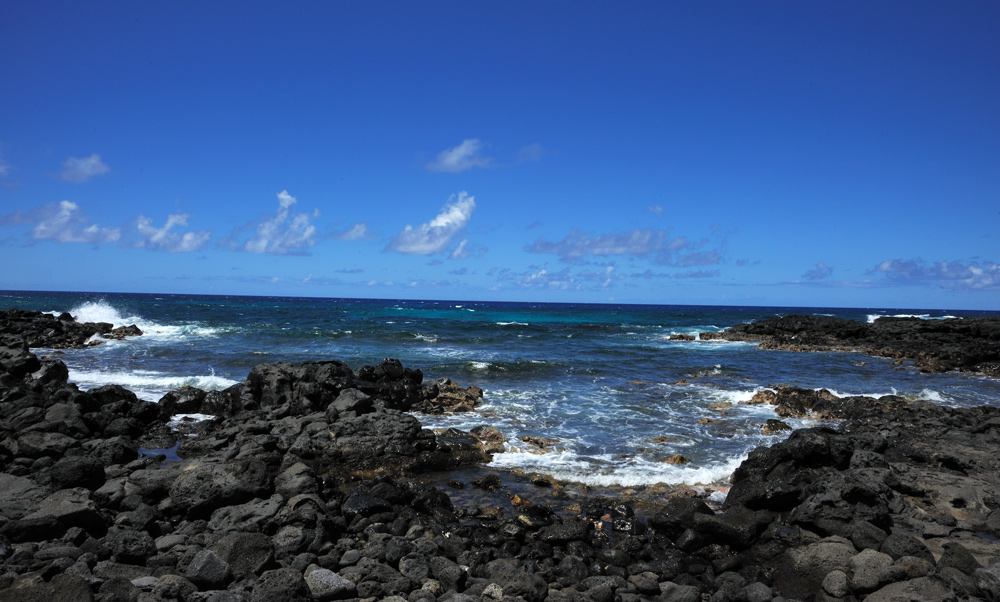
The ahu on this site kept the biggest moai what was successfully raised. Paro Moai is 10 meters in length, its calculated weight is 80 tonnes, each ear is 2 meters long. According to the legend, this moai was made by the widow, who wanted to save mana of her husband. It is one of the last moai what were raised on the island, and the las what was kicked down. It was broken when fell down. Pukao lays near it. It is the biggest pukao that was transported to the site and put on the head of a moai.
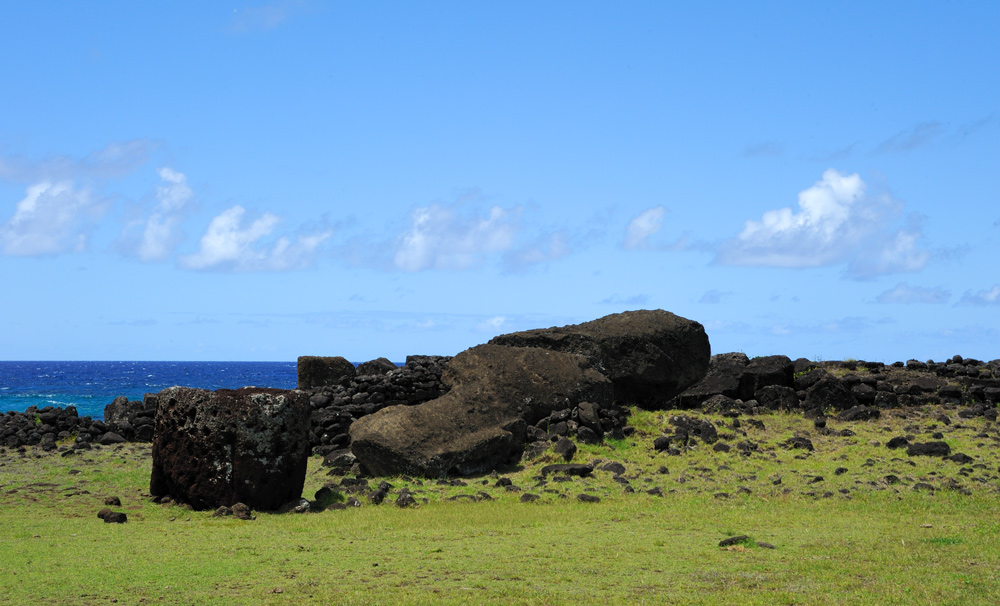
Near the platform, there is a funny artefact Te-Pito-o-te-henua, “navel of the world”.

It is a round stone about 80 cm in diameter. According to the legend, the first king of the island, Hotu-Matu’a, brought it from his native island.
The stone probably has higher iron content than other stones around, better keeps warn and affect compass behaviour. According to the same legend, it has a huge amount of mana and this mana improves fertility. Until last years body contact with historical stones was not prohibited and some visitors improved their fertility directly on the stone. The stony doesn’t look very convenient for this purpose, but people sometimes are such inventive. To protect the stone the rock fence was raised. From my point of view, it makes the place even more inviting.
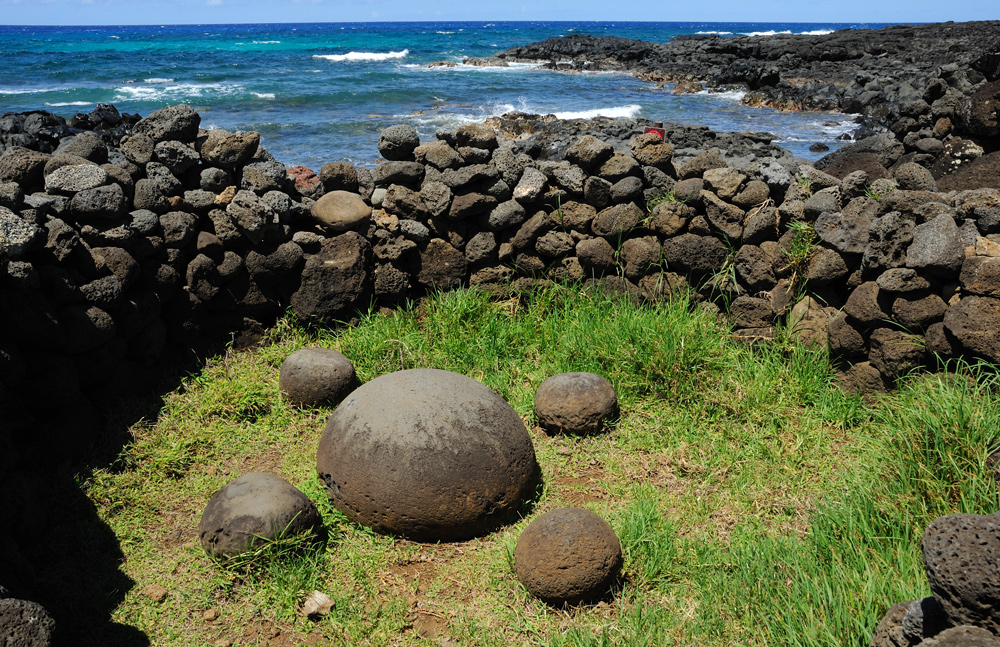
However, there is an opinion (I believe for a reason) that “navel of the world” was established in the 1960s to attract naive tourists.
Solitary ahu with fallen moai can be found anywhere on the island.


Half thousand years sounds of stone to stone hits didn’t stop on the slopes of Rano Raraku.
Half thousand years giant statues moved around the island, raised on the platforms, got hairs and eyes, kept islanders giving them mana.
European expedition that came on the island in 1774 didn’t find any araised moai.
All moai that stand on the platforms in the present time were dug out and raised back to the platforms by archaeological expeditions in the XX and XXI centuries.